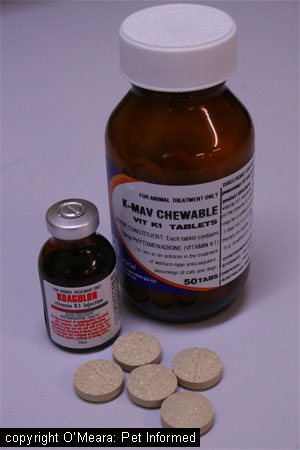


Partial thromboplastin time (PTT) should be checked at 24 and 48 hours after exposure. For second and third-generation anticoagulant rodenticides, a conservative level of concern would be 0.02 mg/kg. The dose of concern for horses is not well established and may vary between baits. Since vitamin K is required for the production of clotting factors (II,VII, IX, and X), a deficiency is problematic. This prevents vitamin K from being reused and leads to a deficiency. AnticoagulantsĪnticoagulant rodenticides interfere with vitamin K recycling by inhibiting vitamin K epoxide reductase. Treating for all three kinds of bait is appropriate when the active ingredient of the bait cannot be definitively determined. Ingredients from the bait should be taken from the original packaging whenever possible.
RAT POISON ANTIDOTE FOR HUMANS HOW TO
The ASPCA Animal Poison Control Center (APCC) often receives calls about how to treat horses who have accidentally ingested rat or mouse poisons. For any potential rodenticide intoxication, accurate identification of the specific type of bait ingested is key to appropriate and successful treatment. Rodenticides placed in barns should be in a secure rodenticide bait station to minimize the risk of nontarget species ingesting the bait. Rats and mice are often an issue in barns, and since many rodenticides are grain-based, they are attractive to horses.


 0 kommentar(er)
0 kommentar(er)
